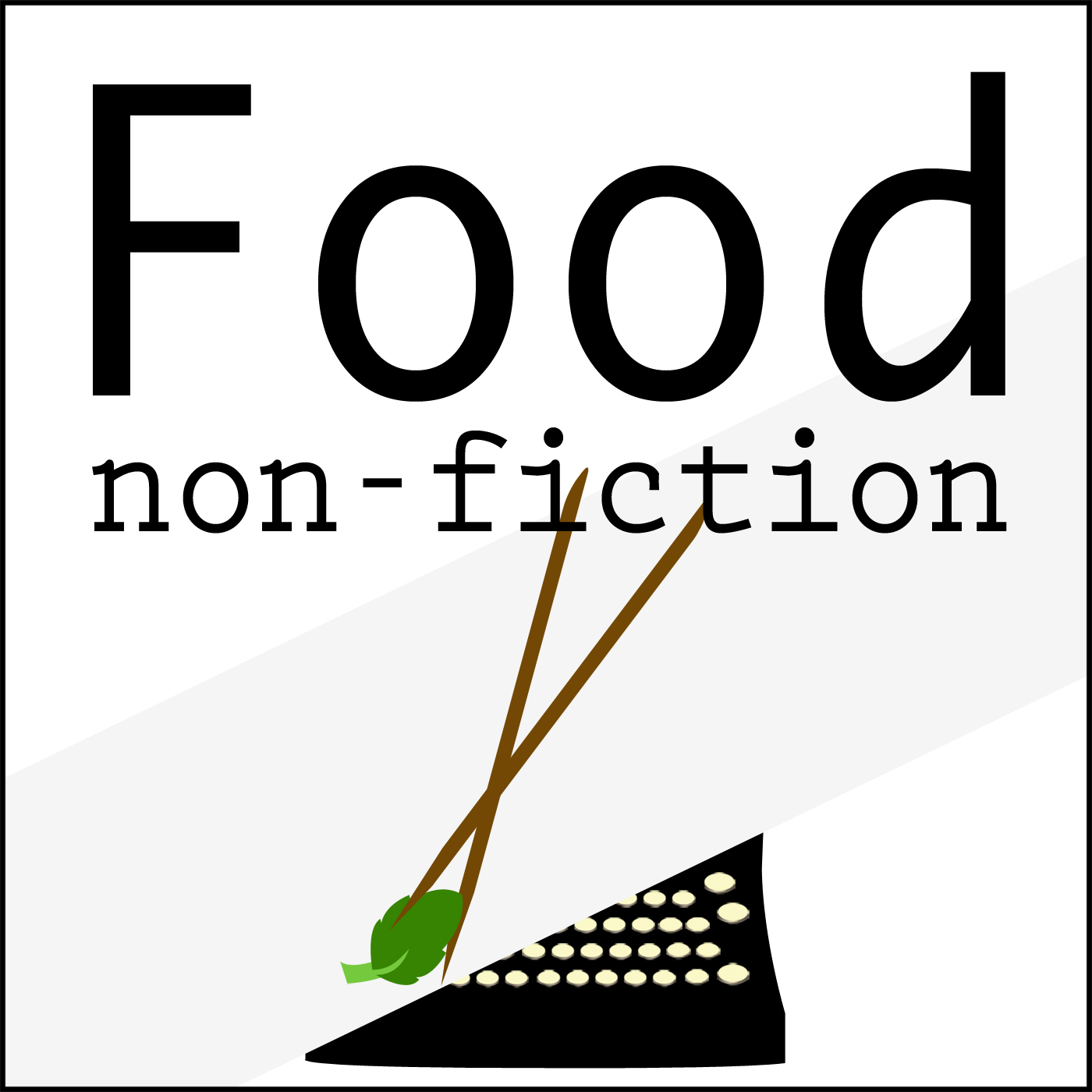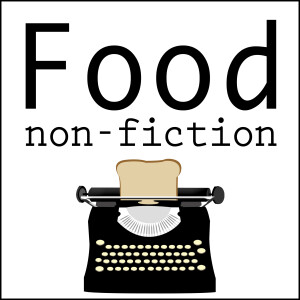
In this Food Non-Fiction podcast episode, we tell the origin story of chopsticks. During a 1993-1995 excavation of Neolithic ruins in North China, archaeologists found sticks made of bone. They believe that these bone sticks are the first versions of chopsticks. Previous bone sticks were considered to be hairpins but these bone sticks were placed close to the hands, alongside other things used by the hands, such as pots and tools, whereas previous bone sticks were more polished and placed near the head at burial sites.
The first chopsticks may have only been used to cooking, but eventually it became the norm to use them to eat as well. This isn't surprising given some context. North China was dry and cold, so people ate foods that were both juicy and hot - foods like stews. They likely ate their stews while the food was still piping hot, so the time between cooking and eating was minimal. Chopsticks were used to stir the food while cooking and then people could have simply used those same chopsticks to just begin eating right away. The chopsticks norm would have been spread, because North China happened to be the political and cultural centre of China at the time.
Spoons actually came before chopsticks, but as the popular foods changed from millet porridge to the foods of dim sum (eg. dumplings), spoons became less important.
How to hold chopsticks (quoted from the book "Chopsticks: A Cultural and Culinary History")
“First, chopsticks users generally believe that the most effective and elegant way to hold the sticks is to place the lower one at the base of the thumb and secure this position by resting it between the ring and middle fingers in order to keep the stick stationary. Then the upper stick is to be held like a pencil, using the index and middle fingers for movement and the thumb for stabilization. In conveying food, the two sticks are worked together to grasp the food for transportation and delivery.
References:
The book "Chopsticks: A Cultural and Culinary History" by Professor Q. Edward Wang
Special thanks to Professor Wang for granting us an interview!
More Episodes
 2020-10-21
2020-10-21
 2020-04-14
2020-04-14
 2019-05-20
2019-05-20
 2018-12-24
2018-12-24
 2018-08-24
2018-08-24
 2018-06-18
2018-06-18
 2017-12-31
2017-12-31
 2017-11-01
2017-11-01
 20
20
 2017-07-31
2017-07-31
 13
13
 2017-07-02
2017-07-02
 4
4
 2017-05-22
2017-05-22
 5
5
 2017-03-06
2017-03-06
 7
7
 2017-01-29
2017-01-29
 3
3
 2016-12-01
2016-12-01
 7
7
 2016-10-31
2016-10-31
 7
7
 2016-10-12
2016-10-12
 4
4
 2016-09-01
2016-09-01
 5
5
 2016-08-10
2016-08-10
 2
2
 2016-07-26
2016-07-26
 5
5
 2016-07-15
2016-07-15
 2
2
Create your
podcast in
minutes
- Full-featured podcast site
- Unlimited storage and bandwidth
- Comprehensive podcast stats
- Distribute to Apple Podcasts, Spotify, and more
- Make money with your podcast
It is Free
- Privacy Policy
- Cookie Policy
- Terms of Use
- Consent Preferences
- Copyright © 2015-2024 Podbean.com






